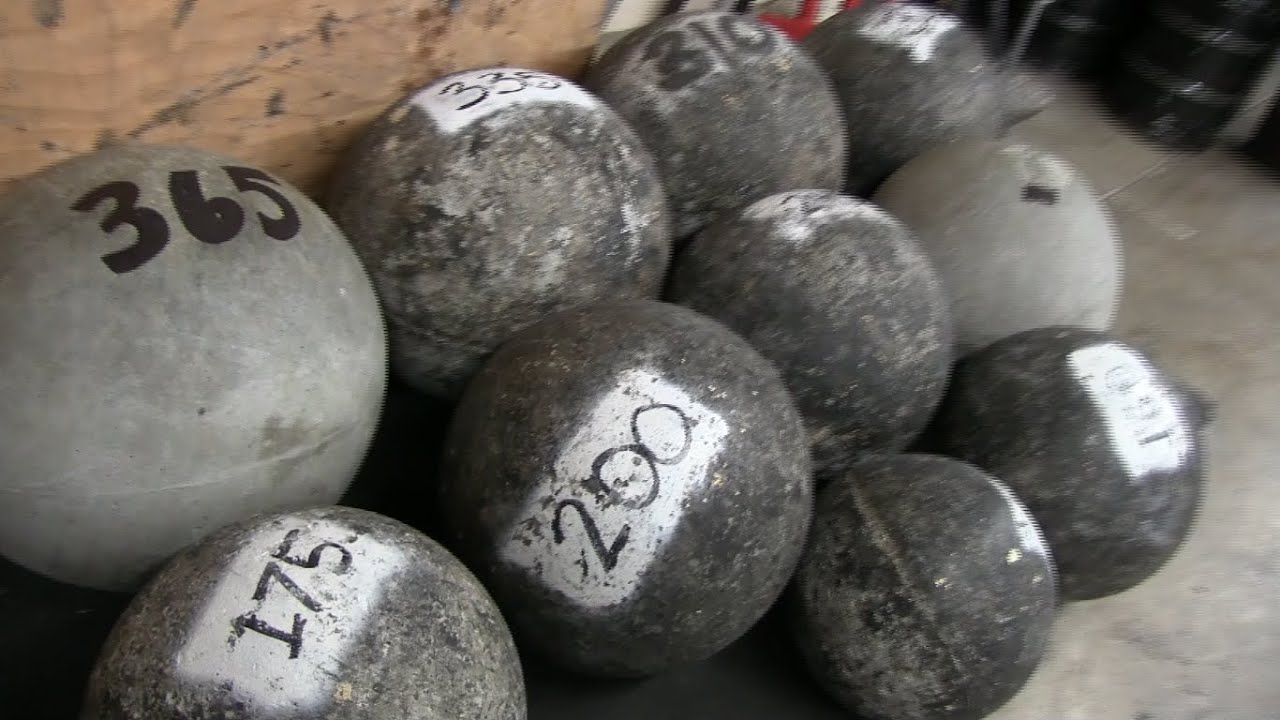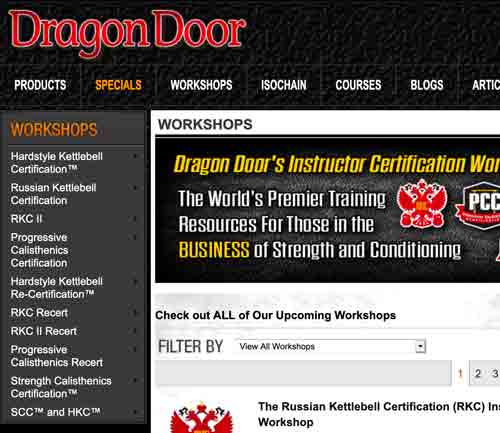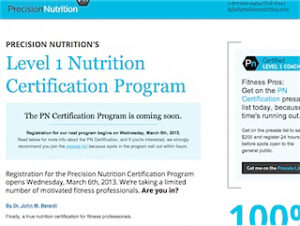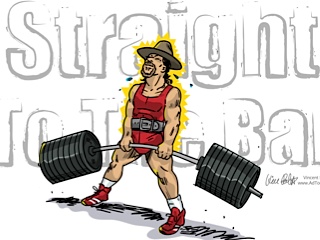
I’ve always considered recovery to consist of eating and sleeping as much as possible. Warm-ups involve a couple of sets of band good mornings and pull-aparts, then onto the first set with either 135lbs or just the bar, depending on the lift. I’m young, basically injury-free and these approaches always seemed to work fine. Thousands of people before me have gotten plenty strong over the years without any inclination to try ‘self-myofascial release‘ or being overly concerned about their ‘thoracic mobility‘. So why the hell did I buy a foam roller 5 weeks ago?
Well, for a long time eating and sleeping as much as possible served me well – I was gaining weight and getting stronger – so I saw no reason why I couldn’t keep doing this for a long time. However, as the weights I was using continued to climb and after a 4 month long ‘dirty‘ bulk I was much stronger and 35lbs heavier – great, but now my joints were starting to ache and I felt sore for much longer after workouts. I figured this was just due to the weight gain and that I’d adapt after a week or two of maintaining the same weight.
The two weeks passed – I was still sore, and my left hip was almost constantly aching. This was getting increasingly annoying and it got to the point where I needed to at least try something to help me recover. After lots of reading on the internet I began to notice that foam rollers were mentioned with a much greater frequency than I had noticed a couple of years ago, and it was rare to see an article or training log that didn’t mention their use somewhere.
I first read about foam rolling in Eric Cressey and Mike Robertson’s article “Feel Better for 10 Bucks” on T-Nation but, whilst very interesting, it really didn’t seem relevant to me 4 years ago. I was 17 – how much “soft tissue adhesions and scar tissue” could I possibly have accumulated in that space of time that needed to be broken down? Maybe in a couple of decades it would be something to remember, but at the time I couldn’t see the point. A few weeks ago, as I re-read the article and many others on the same subject, I could see that in theory it might be possible to address a number of issues.

Along with the joint pain and soreness I, like many people, have an immense hatred of stretching and as a result I am greatly lacking in flexibility. I know stretching is good for me. I know that by not stretching I’m potentially limiting my lifting progress down the road. I also know that it’s excruciatingly boring – so I almost never do any stretching. But foam rolling supposedly helped with flexibility and was almost like stretching without the stupid poses. That was bonus number one.
Bonus two came from the fact that foam roller proponents claimed that foam rolling could help with posture issues. Now this was a big selling point for two reasons. First of all I spend much of my time at the PC hunched over my graphics tablet with my eyes mere inches from the screen. Apparently this isn’t the best way to spend the day if you ever want to be able to reach overhead in later life. Who knew?
The second postural issue comes from the fact that there is a long history of rounded shoulders in the men on my father’s side of the family – to the extent that my dad has had noticeably rounded shoulders since the age of 6. I’ve grown up seeing how much his posture affects his mobility and, as someone who plans to lift barbells for a long time to come, I intend to do anything I can to avoid being in a similar situation. So far I’ve managed to avoid developing any rounding, which I think is largely down to the amount of deadlifting and barbell rowing I do. However, I am well aware that in the long term it is highly unlikely those 4 training sessions a week will do enough to balance out the time spent hunched over drawing or sat at a computer.
In spite of a few reservations about how helpful it would really be, I found a place that stocked foam rollers here in the UK and placed an order. It arrived promptly the next morning and as I tore off the packing my biggest concern – that it would be far too soft to have any effect – was quickly erased. I’d spent the day before reading everything I could find about foam rolling and I was eager to see if it could live up to the hype in the articles, so I dropped it on the floor and got to work.
I started by rolling my calves, taking most of my weight on my arms initially before slowly transferring more onto the foam roller. It wasn’t particularly painful, but if you’ve ever wondered what all those articles mean when they say that you’ll feel ‘trigger points‘ – try a foam roller and you’ll find out real quick. Hamstrings were the next to be rolled and, because I knew they were quite tight anyway, I was expecting to find a bunch of trigger points. At first it seemed like I was wrong when I didn’t feel much at all as I was rolling, but this is actually where the versatility of the foam roller comes in.
The hamstrings have a much bigger surface area than say the calves so, even with most of your bodyweight resting on the foam roller, the pressure is quite spread out across the muscle. While this would be ideal for anyone with hamstring problems it makes it hard to get much of an effect if your tissue quality isn’t too bad. This is easily resolved by placing one leg on top of the other and taking your body weight on the one hamstring still in contact with the roller. This technique can be used with most muscle groups, making it very easy for people of different levels to control the amount of pressure they exert on the foam and allowing for a very natural method of progression.
I repeated the process on my glutes, shins and quads, finding a number of trigger points and following the recommended method of stopping when I came across them and holding the position until the pain had diminished somewhat. After rolling my legs thoroughly I stood up and could instantly tell that they felt significantly more limber – my ankles felt less stiff and my hip felt great, with almost none of the discomfort I was feeling before. I was pleased to say the least, but that was nothing compared to the effect of rolling my upper back.
The two main approaches to rolling the thoracic spine involved either having your butt on the floor and statically arching the upper back over the roller with the hands behind the head, or holding a bridge with the arms crossed in front of the body to separate the shoulder blades then rolling up and down the vertebrae. As I mentioned before this was a real worry-area with regards to my posture, so I was keen to work this region effectively. I tried both methods of rolling the upper back and found a bunch of trigger points and heard a few popping sounds from my spine which felt quite good. But the real treat was standing up and finding that my shoulders were naturally sitting noticeably lower and further back – it felt great!
Of course being a cynic at heart, I simply assumed this was largely psychological and that it wouldn’t really last. I finished off my first foam rolling session by rolling my lats and pecs – the latter being remarkably painful and somewhat awkward but still quite rewarding afterwards. I was definitely not disappointed with my latest purchase and the results I had just experienced so, when it came time to train that evening, I repeated the process as a warm up.
As I said at the beginning of this article – I’m not a fan of warm ups. I do enough to feel like I’m not starting completely cold and then just get on with the training. However, by using the foam roller first I was much looser and for the first time actually felt ‘warmed up‘. This was most noticeable when I started my first set of deadlifts and was able to get into position very easily without the usual stiffness of a first rep. I went on to set a 25lb PR in the deadlift simply because I felt great throughout the workout.
Since that first day I have continued to use the foam roller at the start of every training session and I’ll often do a quick 5 to 10 minutes of rolling on days where I’m not training, just to relax. I have reaped a number of benefits from this practice including a much faster recovery time from muscle soreness as well as drastically improved mobility and posture. My hips are feeling great again despite continued progress with squats and deadlifts, and even my ankles – which have been tight for years after a couple of sprains – feel ten times better.
The foam roller would be a great addition to any program and I can’t think of anyone who wouldn’t benefit from incorporating some soft tissue work into their training. From athletes to weekend warriors – a little bit of work on the roller will reward you greatly for such a small investment. Don’t assume you should only get one if you’re feeling jacked up either – why wait until you get injured to get one when you can greatly reduce the likelihood of getting hurt in the first place?











0 Comments